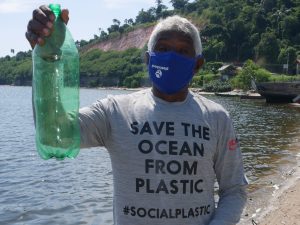Eye injuries and eye safety protection
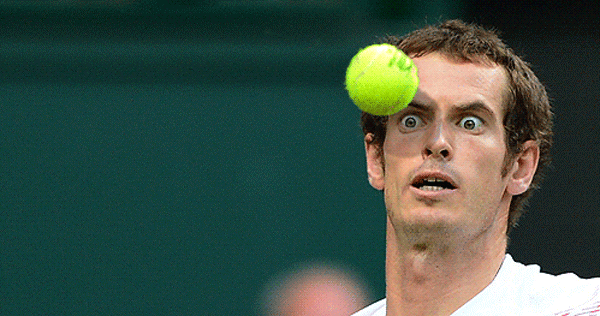
50,000 eye injuries occur every year in Australia, costing the government $60 million. The majority of these are workplace injuries but many are also acquired at home or doing daily tasks such as gardening, playing sport or cleaning.
It is very important to note that you must not touch, rub or apply pressure to your eye, or attempt to remove any object stuck in the eye (except by irrigation), and seek medical attention promptly.
There are 4 main types of eye injuries:
IMMEDIATE IRRIGATION with water is essential to improve the visual outcome (for at least 30min) – taps, showers, water fountains. And seek emergency medical attention promptly.
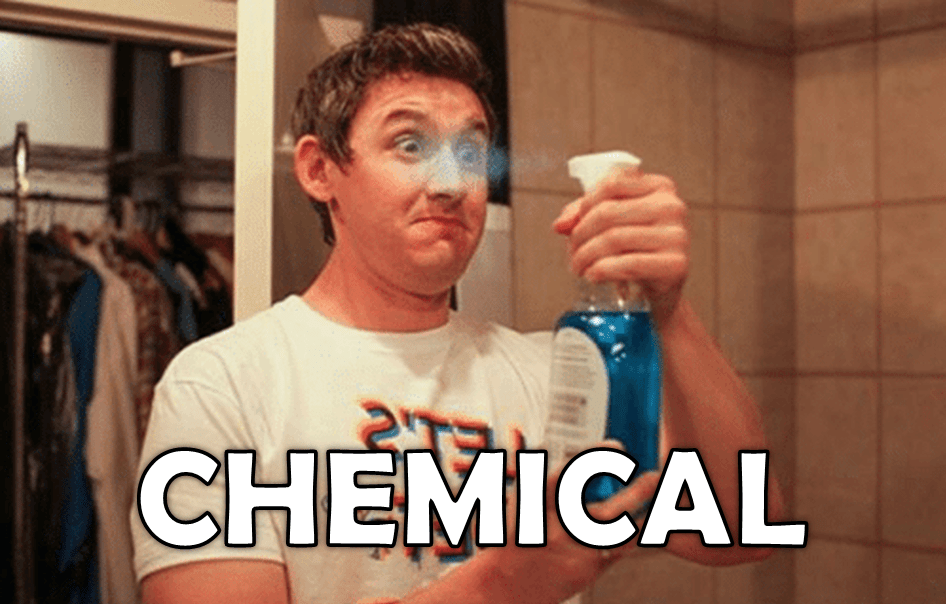
Flying particles (cutting, grinding, drilling, sanding, turning, milling)
Blow type impacts (hammering, chipping)
However, mechanical injuries can occur when gardening, playing sports (especially racquet sports such as squash or cricket, or football and boxing), at school, around the home, at the beach, when travelling, etc.
If you sustain any major injury then head straight to the emergency department. If you get any foreign bodies in the eye you can irrigate the eye and come straight to see us, an ophthalmologist or go to the hospital for removal – even if you think that it has come out. Metal foreign bodies can oxidise in the eye leading to much worse problems. Also, foreign bodies may have scratched or abraded the cornea which predisposes you to bacterial infections or recurrent errosions.
Contusion injuries from blunt forced trauma (flying balls, fists, airbag inflation, elastic straps etc) cause a pressure wave to traverse the eye, which transiently increases the pressure in the eye significantly. Bruising or haemorrhaging can result, or more seriously, retinal detachments, orbital fractures, cataract, glaucoma or neuropathy.
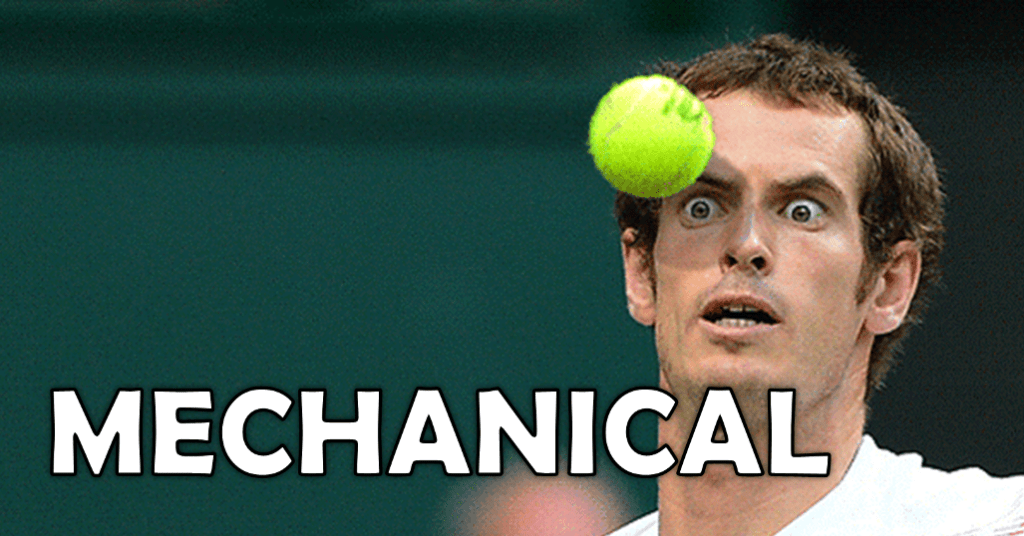
Most commonly thermal injuries occur from cooking food, working on cars, working with lasers, flames, boiling liquids, fireworks. Seek medical attention as soon as possible.
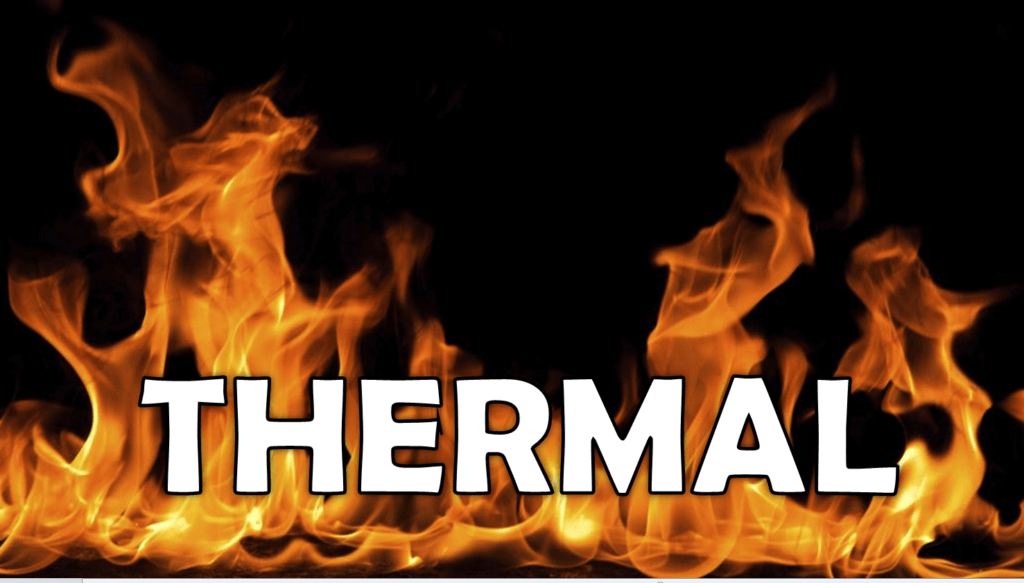
Radiation eye injuries aren’t very common in the general population but certain professions or activities can put you at a high risk of sustaining one: welders, radiologists, nuclear physicists, furnace workers, looking directly at the sun.
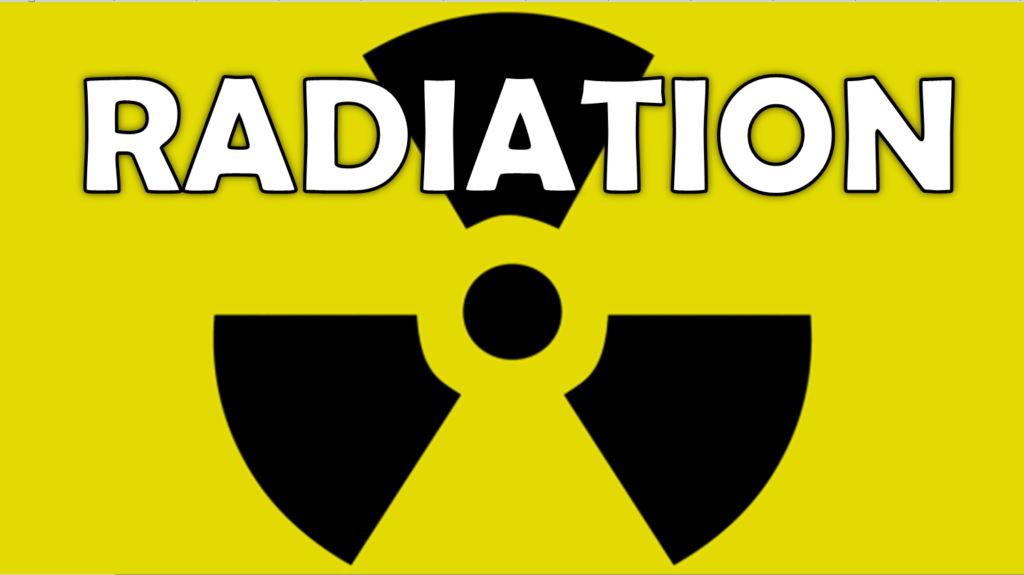
EYE PROTECTION
Before thinking about eye protection you should first try to eliminate the risk the type of eye protection required will depend on the risk involved in your particular job or activity.
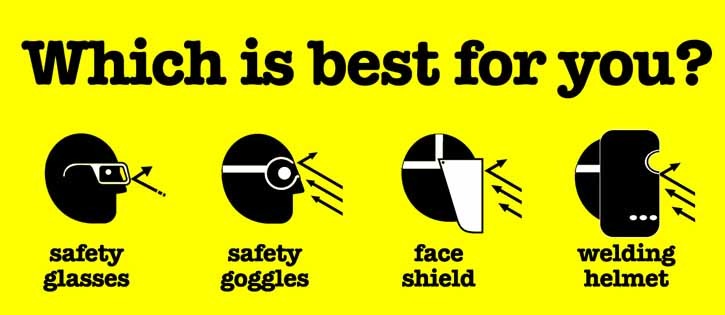
PRESCRIPTION EYE GLASSES only offer low impact resistance. Polycarbonate lenses offer the greatest impact resistance material for lenses (especially if uncoated). When greater impact resistance is required, this should be supplemented with appropriate eye protectors. Note: glass lenses, although they are very hard and difficult to scratch, they are brittle and break up in sharp fragments so are not suitable as eye protectors.
SIDE SHIELDS supplement your eyeglasses providing angular protection but only offers a slightly more protection as they do not seal the face
SAFETY GLASSES do not seal the face so should only be used when potential splash is minimal or the chemical is of low toxicity.
EYE PROTECTORS for racket sports etc
GOGGLES seal the eyes and face so they are the best option for work with most chemicals or in dusty environments. They should not have ventilation if you are dealing with toxic fumes.
FACE SHIELDS protect the entire face from hazards and are usually used in combination with safety spectacles or goggles. The material and thickness of the shield will correspond with particular tasks
HOODS may be used for lab work, work with molten materials or other eye splash hazards
HELMETS generally used for welding to protect from the intense light from welding sparks and molten metal splashes
www.ppconstructionsafety.com
https://www.ccohs.ca/oshanswers/prevention/ppe/glasses.html
https://www.safetysolutions.net.au/content/personal-protection-equipment/article/eye-opening-truths-about-workplace-eye-injuries-1025217803
